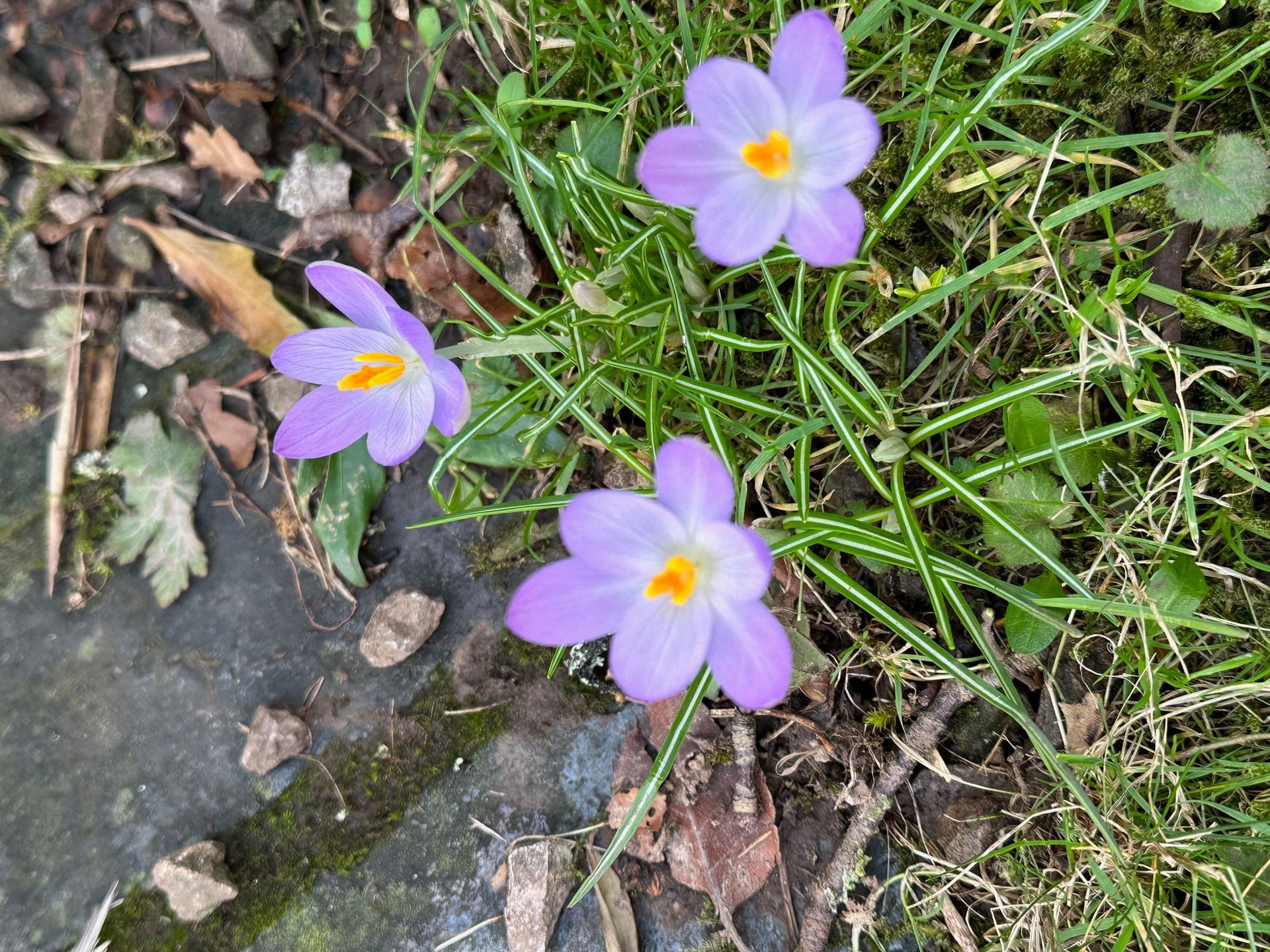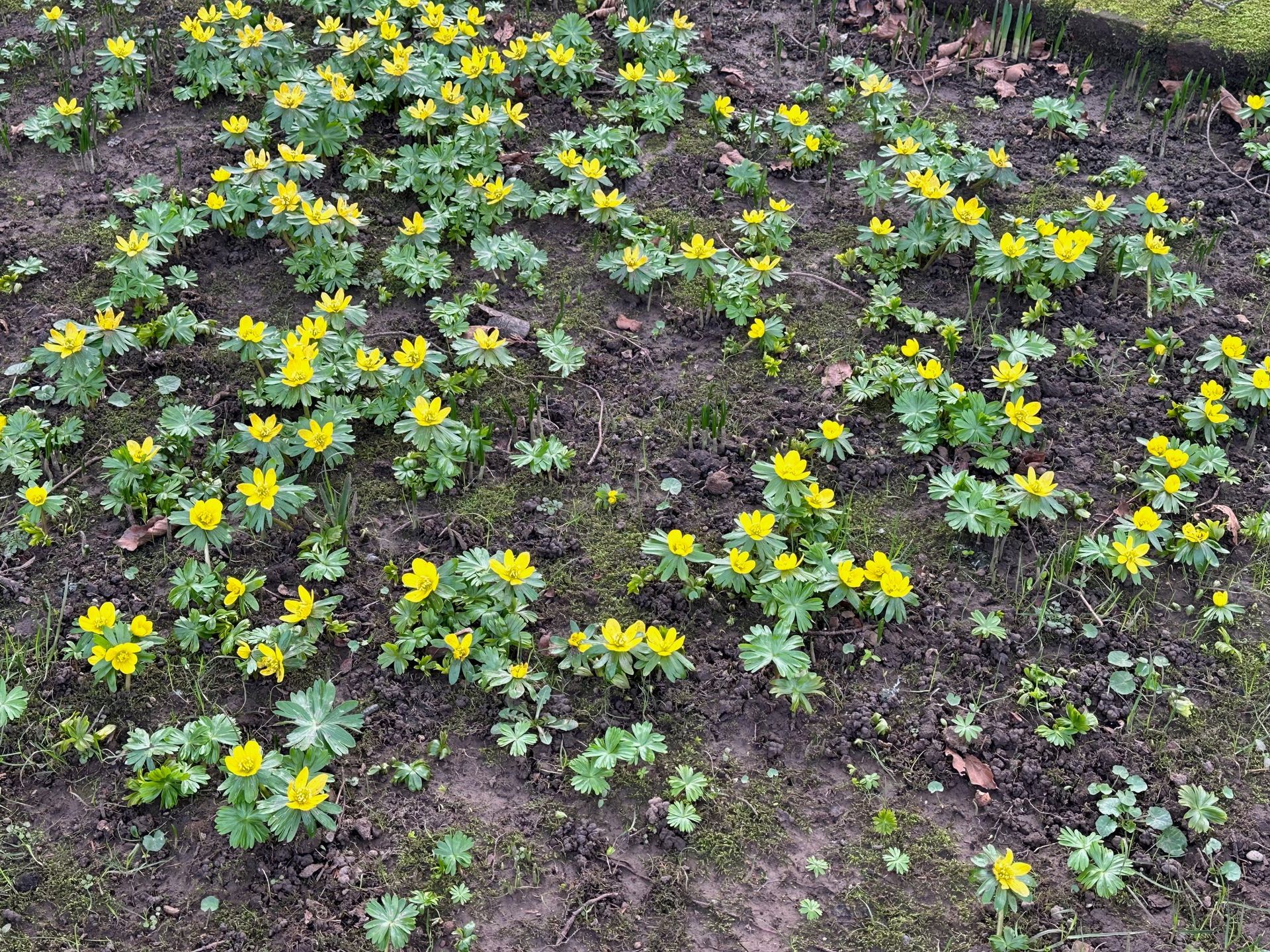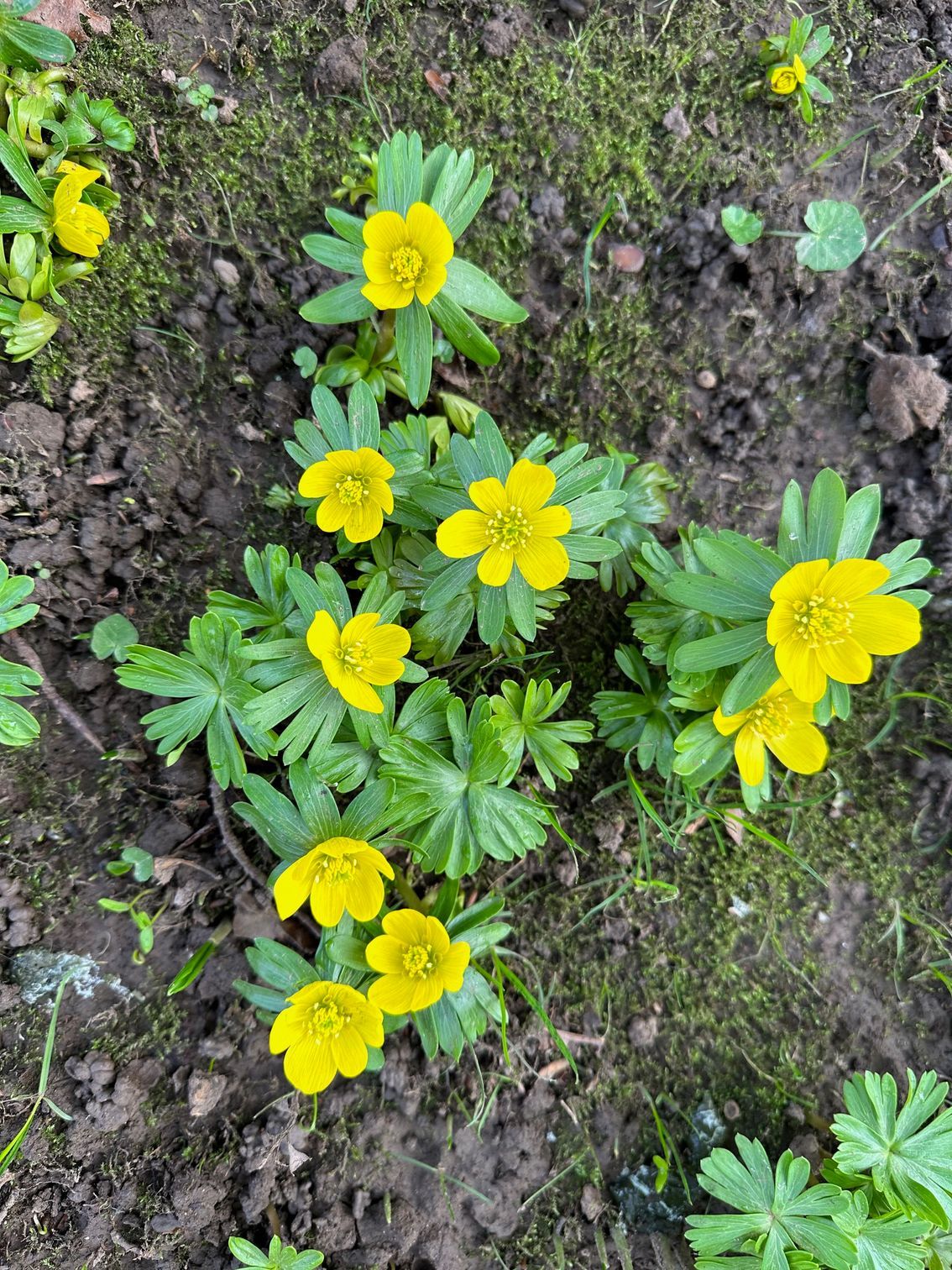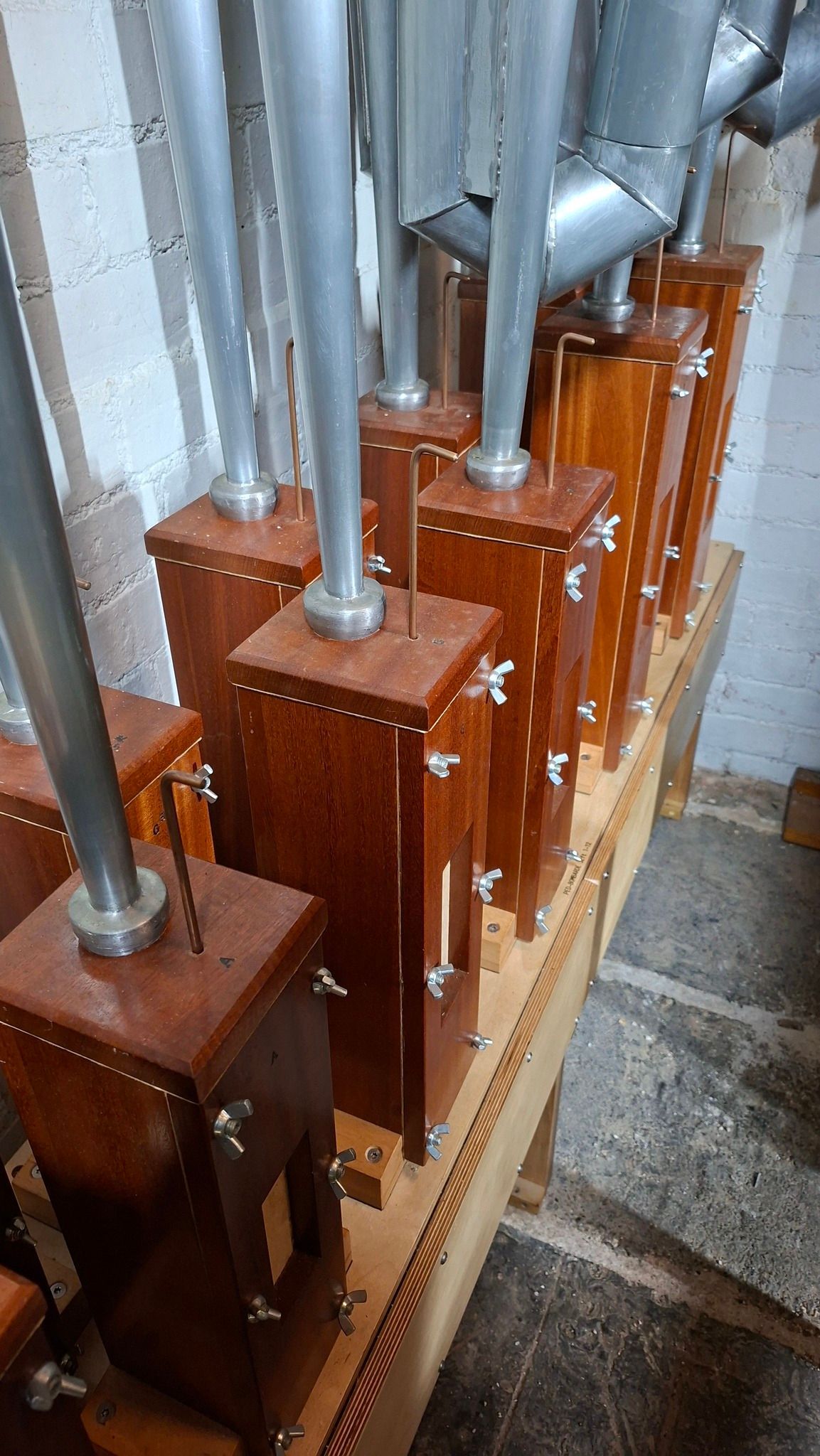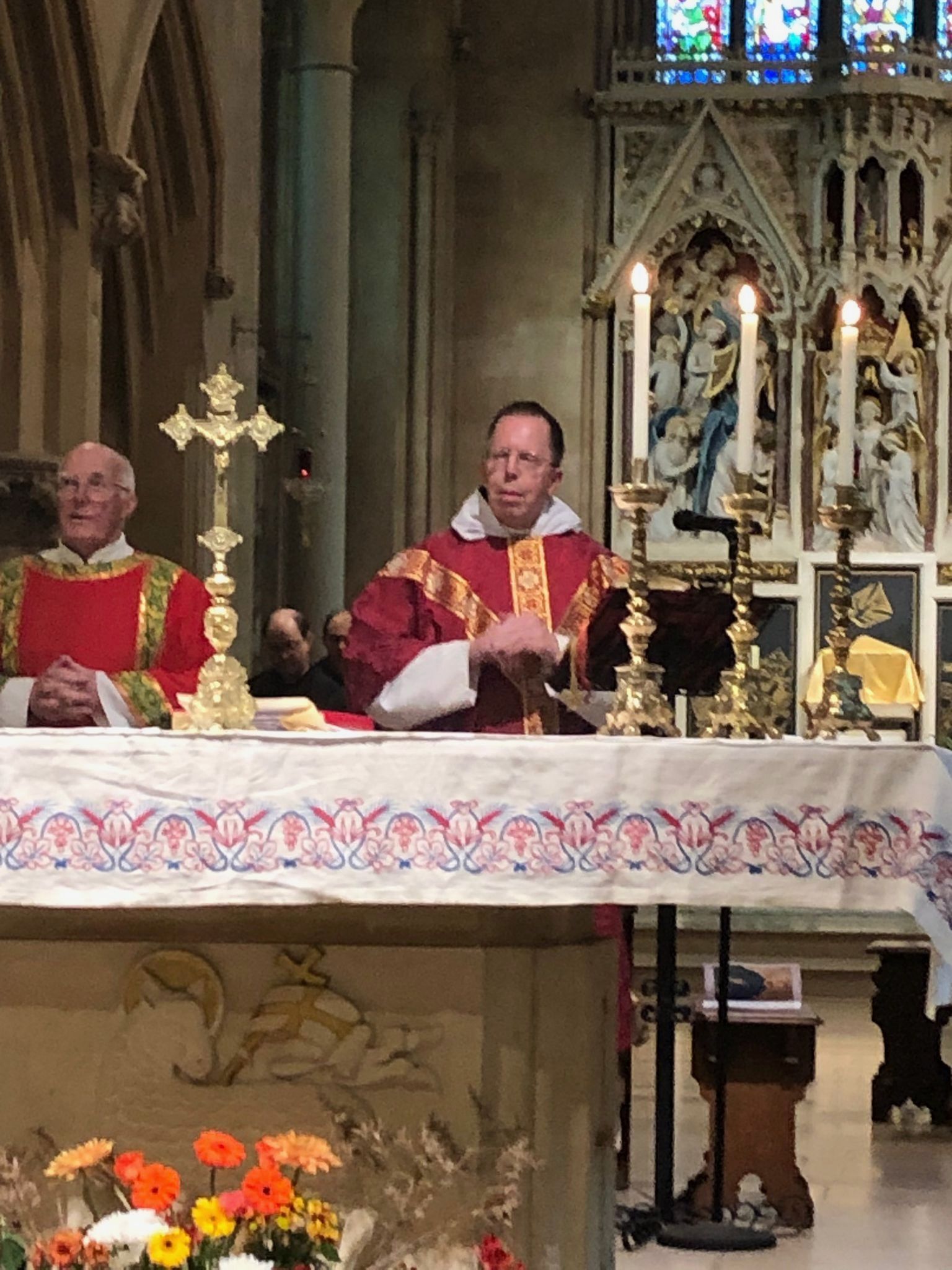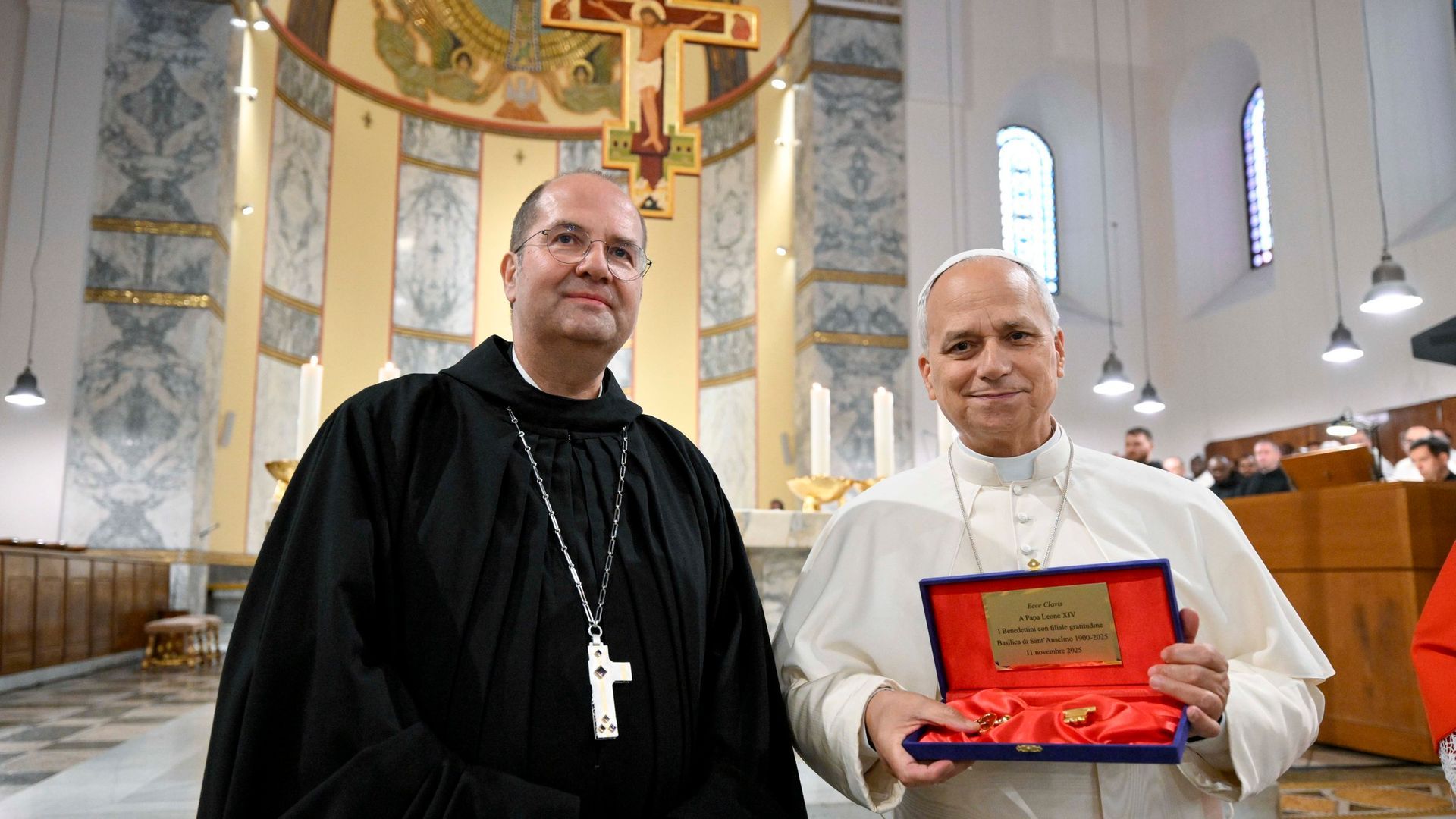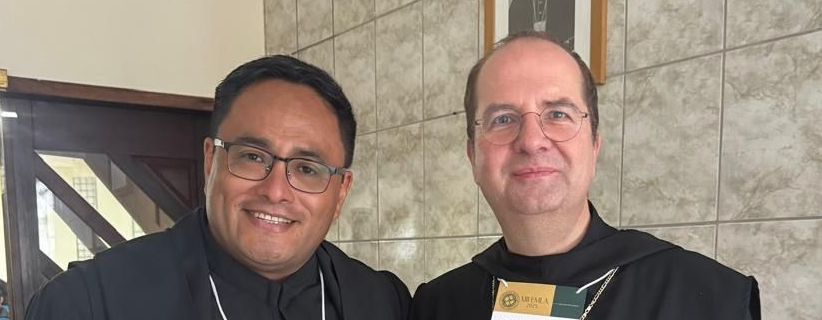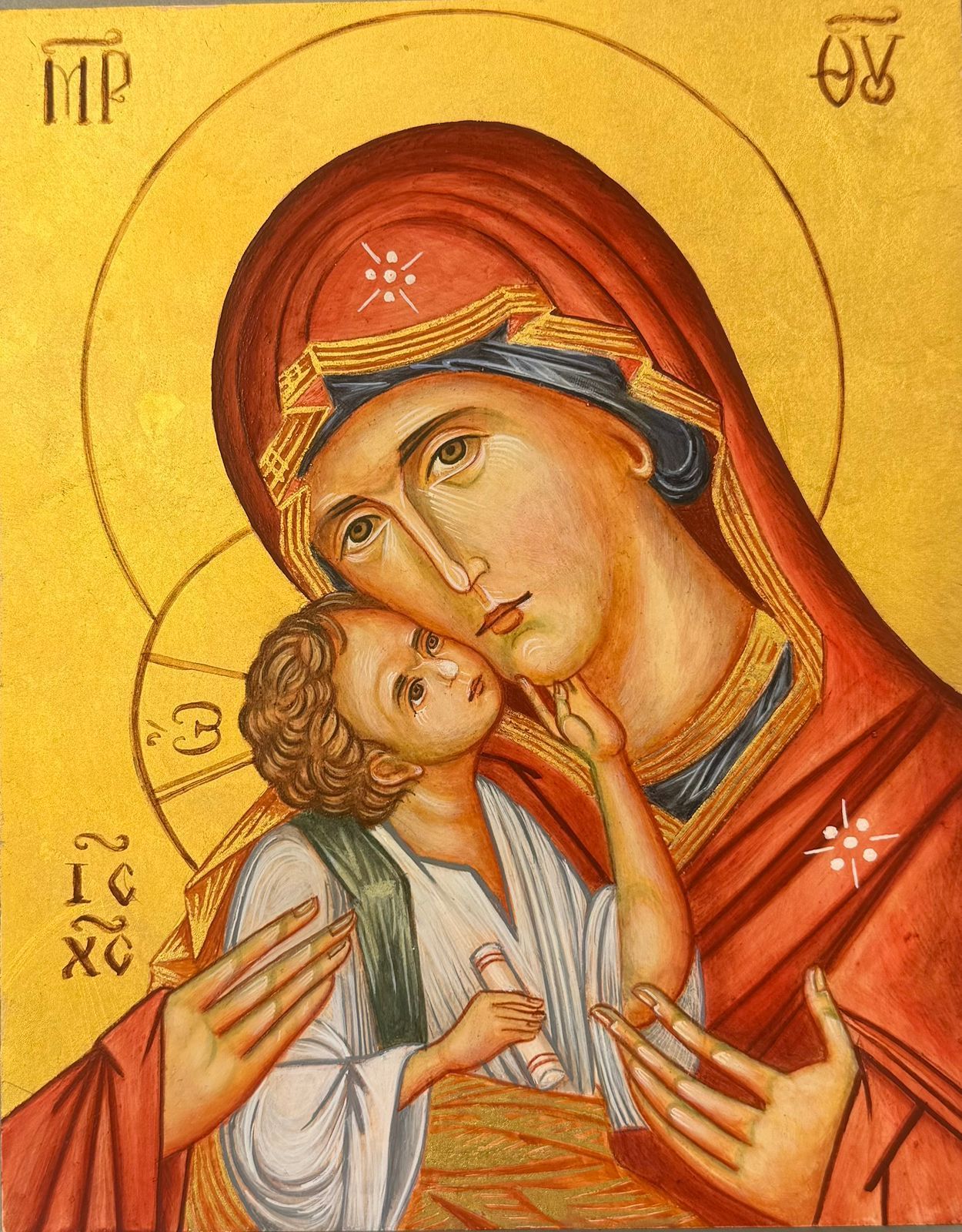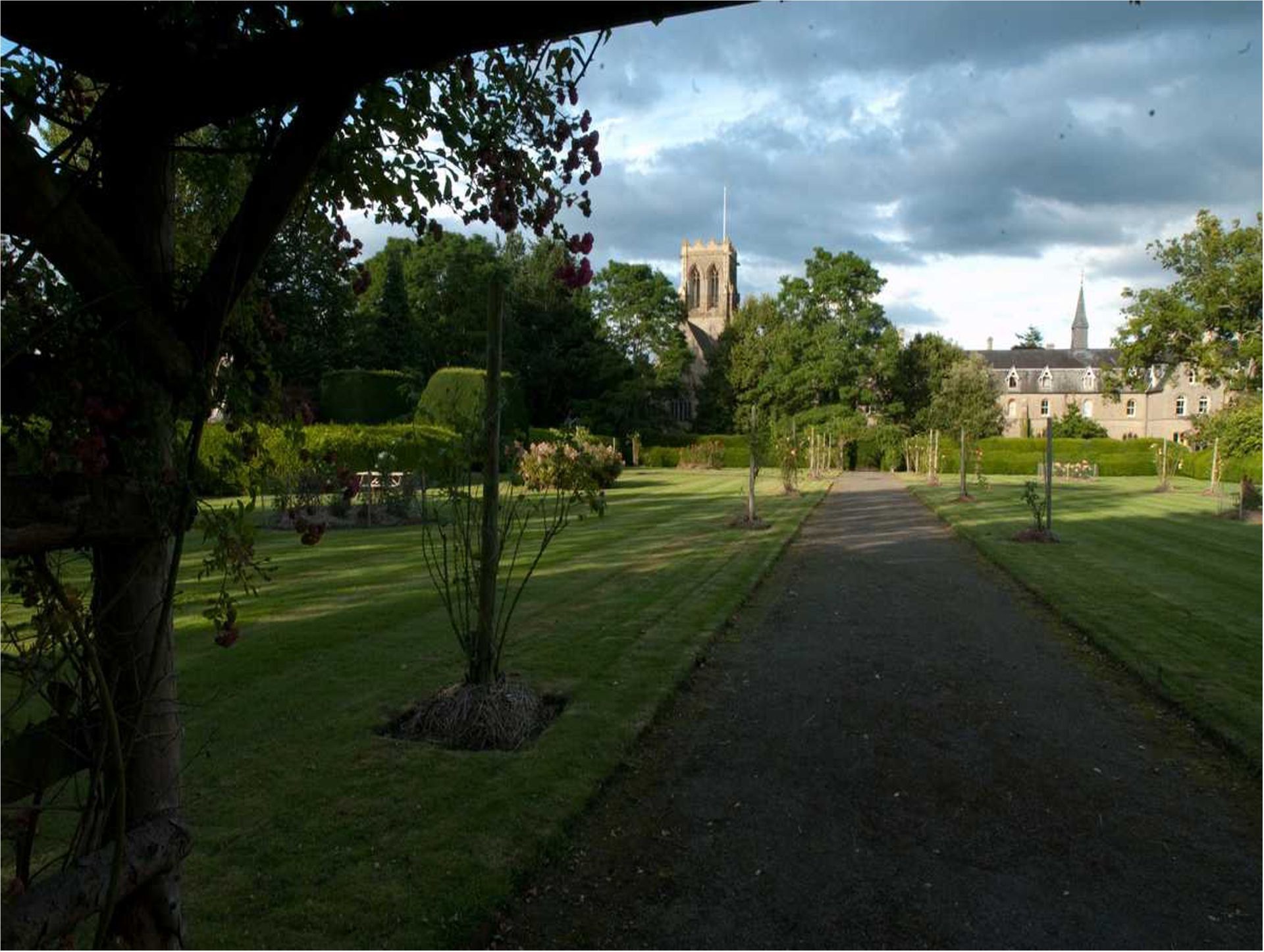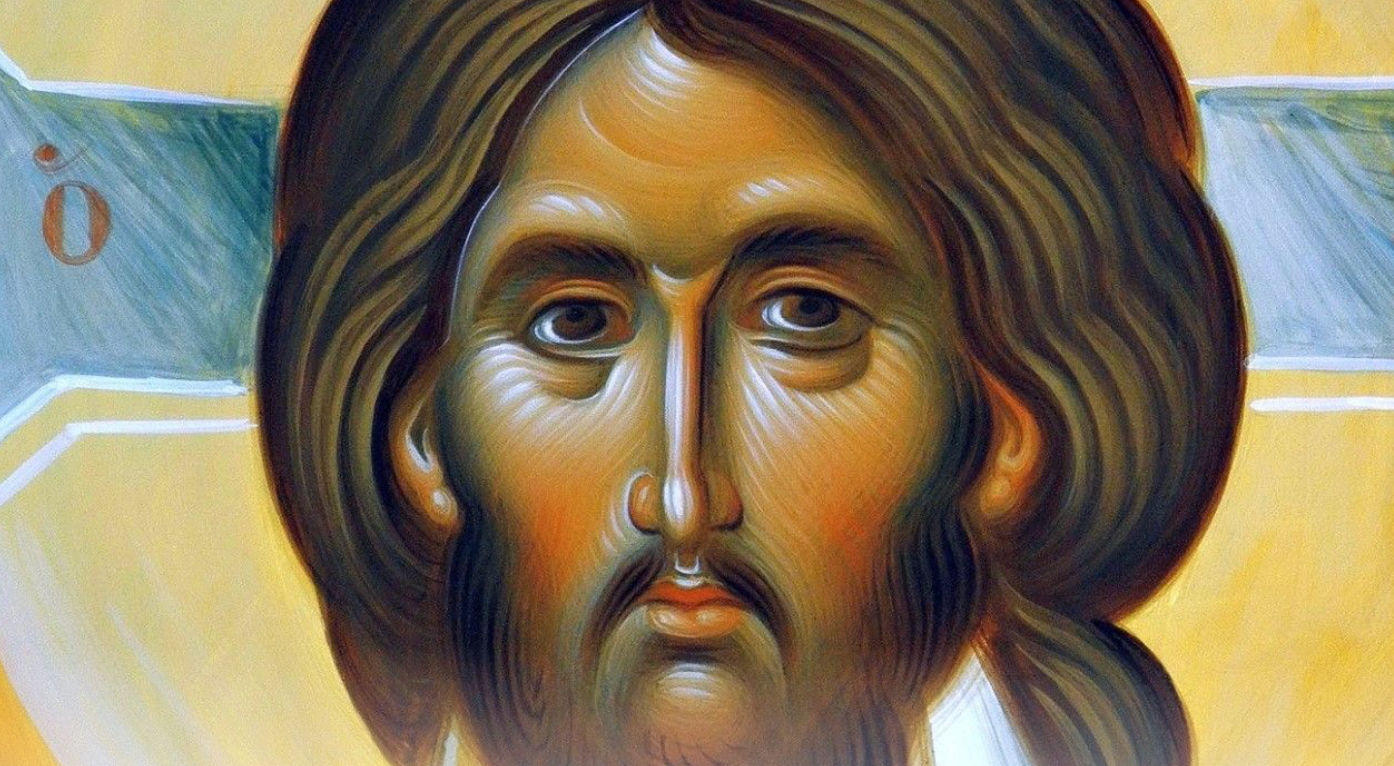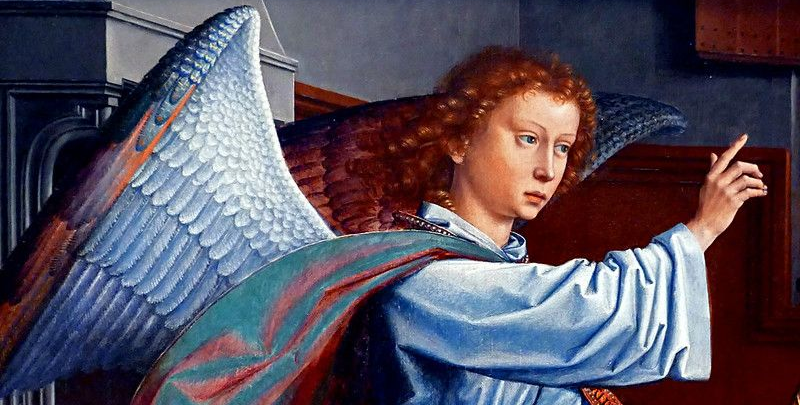Message of Abbot Paul - Sunday - 4th February 2024
Abbot Paul • February 3, 2024
Yesterday, while visiting a garden belonging to friends, I cast my eye on a carpet of bright yellow beneath a tree. Thinking they were celandines, I rushed forward to take a closer look, knowing it was too early for my favourite wild flower. I was confronted by a flower I had never seen before. Winter aconite (Eranthis hyemalis) is native to woodlands of France, Italy and the Balkans, but is now widely naturalised across other parts of Europe, including the UK. The small yellow flowers pop their heads out very early in the year, which seems like an unusual tactic for a flowering plant. However, as with everything in nature, there’s method in the madness! It grows most abundantly in deciduous woodlands, and the strategy of flowering early enables it to take advantage of the maximum amount of sunlight penetrating the canopy without the leaves blocking the light. Being one of the earliest flowering plants, it has very little else to compete with for light and nutrients at this time of year. Interestingly, winter aconite is actually poisonous when ingested by humans, as it contains cardiac glycosides that affect the heart; if ingested in large quantities, it can cause irreparable heart damage. So this is not a plant to mess with! We see it flowering in the early part of the year, giving us a little burst of hope and spring on short, gloomy winter days.
This Sunday’s Gospel reading from Mark, (Mk 1: 29-39), takes us to Capernaum, the town of Peter and Andrew, James and John, and it’s a sabbath.
Mark writes: “On leaving the synagogue, Jesus went with James and John straight to the house of Simon and Andrew. Now Simon’s mother-in-law had gone to bed with fever, and they told him about her straightaway. He went to her, took her by the hand and helped her up. And the fever left her and she began to wait on them.” Jesus appears to be staying at the house of Peter’s mother-in-law. He is familiar enough with the house and family to go straight to her room, when he discovers that she’s ill with a fever. In those days, long before modern medicines, people usually died of a fever. Death was no stranger and simply an accepted part of life. Although it’s the sabbath, Jesus heals her, taking her by the hand and helping her up. No sooner than she’s recovered but she’s busy serving them at table, for hospitality is sacrosanct. The healings are set to continue. “That evening, after sunset, they brought to him all who were sick and those who were possessed by devils. The whole town came crowding round the door, and he cured many who were suffering from diseases of one kind or another; he also cast out many devils, but he would not allow them to speak, because they knew who he was.” The scene is beautifully described by Mark. Word has obviously got around about Jesus’ ability to heal the sick and cast out spirits. All the sick and all the possessed are brought to him for healing. The whole town is crowding outside the door. You can imagine the chaos and hysteria and in the midst of it all, Jesus, from whom emanates the calmness and the silence of God and the healing balm of his love.
“In the morning, long before dawn, he got up and left the house, and went off to a lonely place and prayed there.” Jesus reveals his divine Sonship in the miracles he performs and in his teaching the crowds with authority, but it is above all in his solitude and prayer, that intimate communion with his heavenly Father, that he manifests his Divinity. However, his opportunity for peace and quiet never lasts very long. Soon his disciples come searching for him. “Simon and his companions set out in search of him, and when they found him, they said, ‘Everybody is looking for you.’ He answered, ‘Let us go elsewhere, to the neighbouring country towns, so that I can preach there too, because that is why I came.’ And he went all through Galilee, preaching in their synagogues and casting out devils.” So it is that Jesus sets off with his disciples to visit the neighbouring towns and villages. “That is why I came,” he tells them. Let us pray for his healing today. Lord, have mercy, we pray. Amen.

